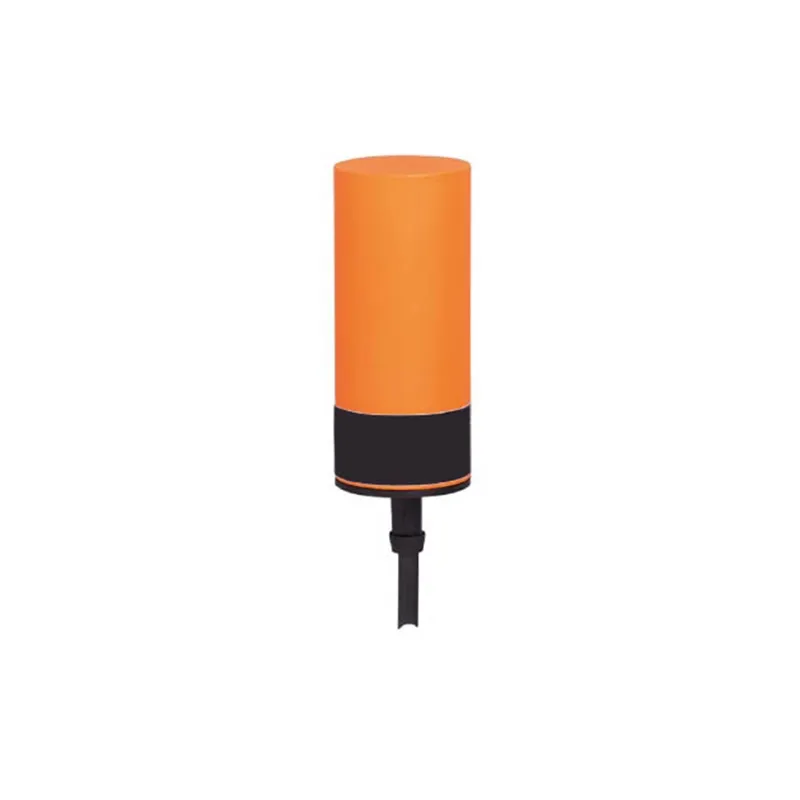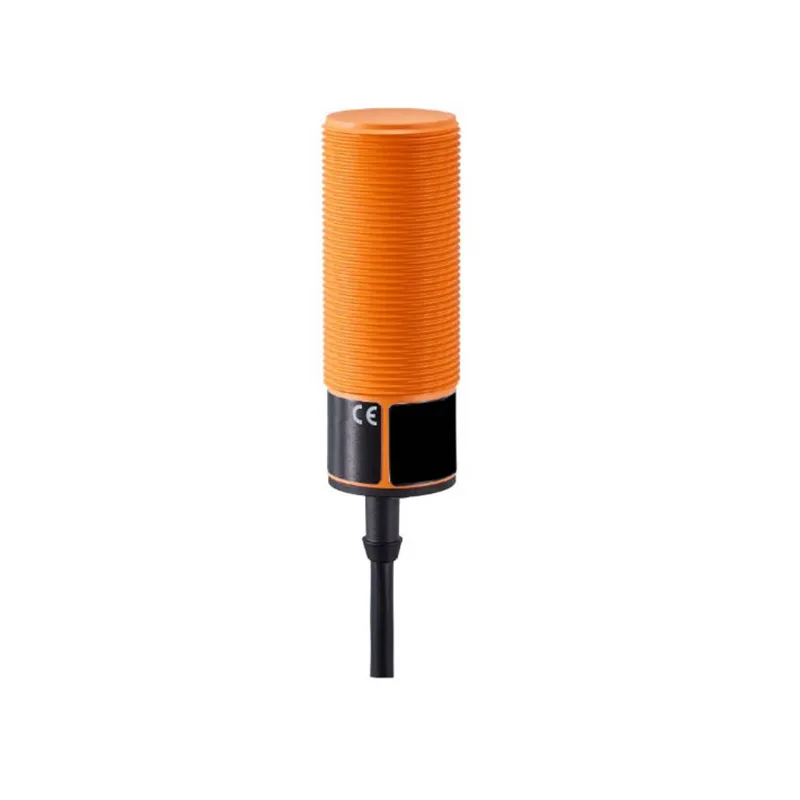Proximity switch sensors offer numerous compelling advantages that make them indispensable in modern industrial and commercial applications. Their non-contact operation eliminates mechanical wear, significantly extending operational lifespan and reducing maintenance requirements. This feature proves particularly valuable in high-cycle applications where traditional mechanical switches would quickly deteriorate. The sensors' rapid response time enables precise detection in fast-moving production lines, enhancing overall system efficiency and accuracy. Their solid-state construction ensures exceptional durability, allowing them to function reliably in harsh environments with extreme temperatures, dust, or moisture. The absence of moving parts not only increases reliability but also eliminates the risk of mechanical failure, reducing downtime and maintenance costs. These sensors provide consistent performance over extended periods, maintaining their accuracy without the need for frequent recalibration. Their compact design allows for flexible installation options, making them ideal for space-constrained applications. The ability to detect objects through certain materials enables their use in enclosed systems where direct line-of-sight is not possible. Modern proximity switch sensors often feature built-in protection against electrical interference, ensuring reliable operation in environments with high electromagnetic noise. Their low power consumption contributes to energy efficiency, while their ability to interface with various control systems makes them highly versatile. The sensors' capability to function in both wet and dry conditions, combined with their resistance to chemicals and cleaning agents, makes them suitable for use in diverse industrial environments, from food processing to automotive manufacturing.


